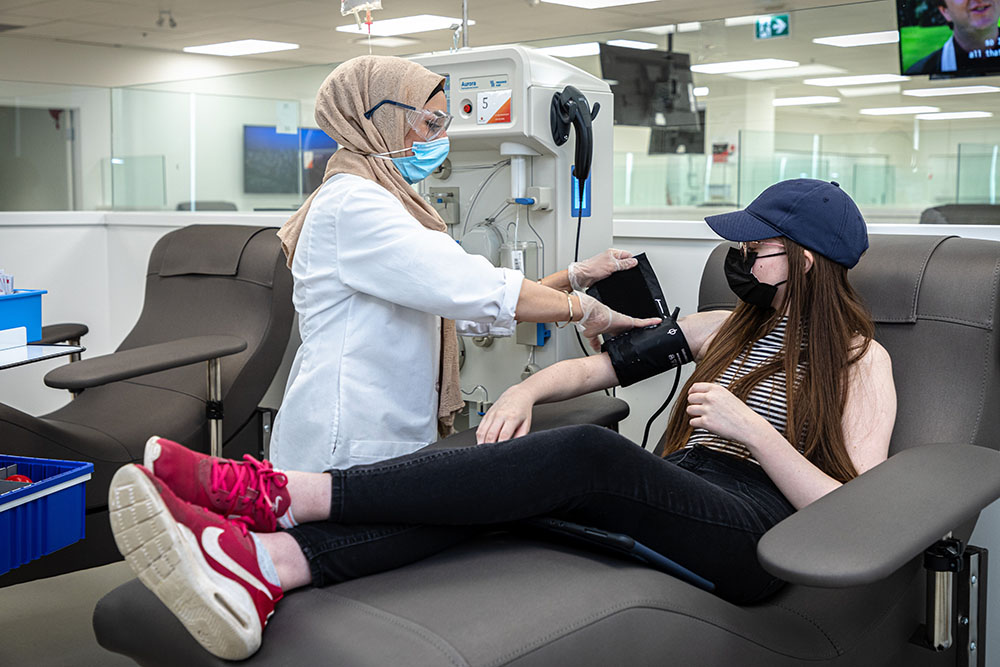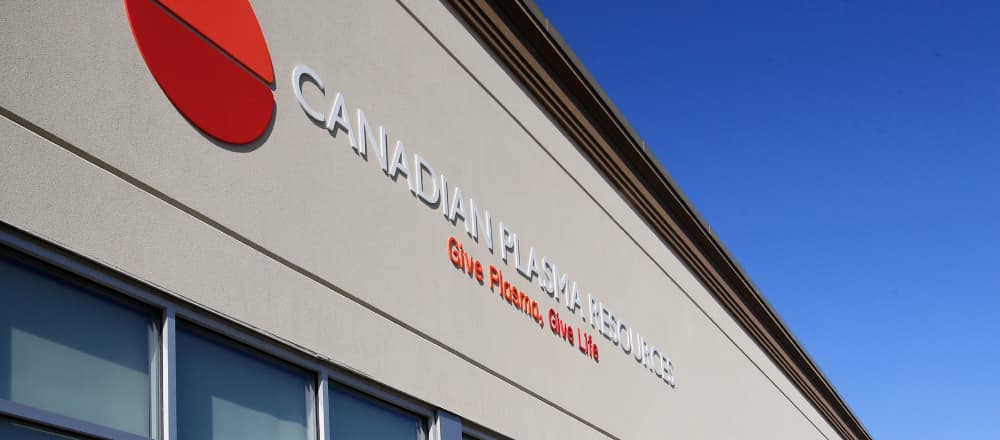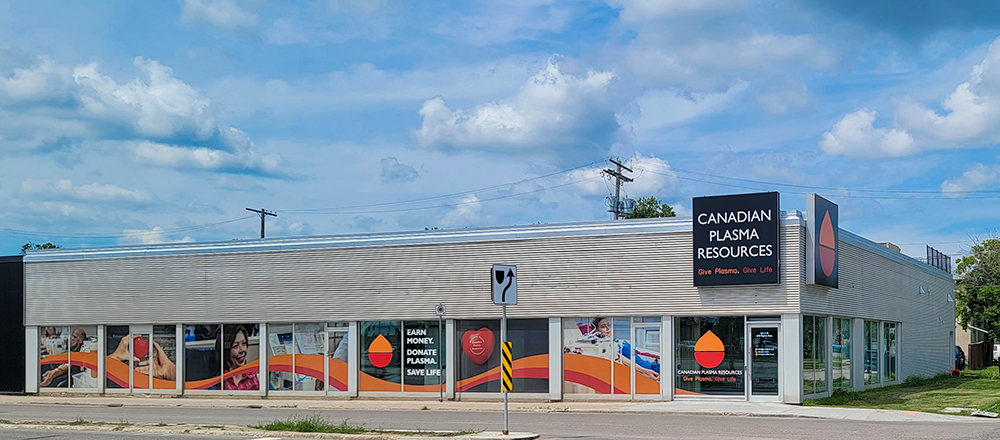Dispelling Myths About Plasma Donation
août 16, 2022

Myths about plasma donation can make it seem much more daunting than it actually is. In this blog, we’re going to be breaking down the top myths that could keep potential donors from making it to their local centre. We’re also going to unveil the truths that highlight why plasma donation is so important.
Keep reading to learn more about what you can actually expect to happen as a plasma donor!
What Are the Top Myths About Plasma Donation?
1. Paid plasma donation is a new trend, and it’s unnecessary – we can get by on volunteer donations.
The Truth: The demand for IVIg, an essential plasma-derived treatment used to treat immunocompromised patients, has increased by 6-8% each year over the past ten years. IVIg is used to treat a variety of diseases and disorders.
Canada is in the top three highest per capita users of IVIg in the world. And it’s not just Canada. The majority of developed countries rely on paid plasma donations to attempt to meet their needs.
Also, some Winnipeg donors have been paid for their plasma donations for over 30 years in Canada – so it’s certainly not a new practice.
2. Paid donations are more dangerous than donations made by volunteers.
The Truth: Canadian patients and donors have access to some of the safest plasma products in the world.
Our strict protocols, from donation to production, ensure that our supplies of plasma are healthy and safe. Thanks to modern technology and adherence to guidelines and protocols, Canada hasn’t had a single case of transmission of hepatitis B, hepatitis C, or HIV through plasma products for over 30 years.
3. Paid plasma donations target low-income people.
The Truth: Regardless of your socioeconomic status, the eligibility requirements for plasma donation remain the same. In order to donate plasma, you have to meet the following requirements:
- Be between 17 and 68 years. of age.
- Weigh between 50 kg to 180 kg.
- Have a permanent address within 100 kilometres of a Canadian Plasma Resources facility.
- Present valid photo identification, proof of address, social insurance card.
- Qualify to donate. This involves a process that includes a questionnaire, an interview, a medical examination and testing on two separate occasions within a 26-week period.
- Have not had a tattoo or piercing done in the past 6 months.
- Have not donated blood in the past 56 days.
Why Are Myths About Plasma Donation So Harmful?
Misconceptions about plasma donations can prevent people from giving plasma. This can ultimately contribute to plasma shortages.
Canadian patients require 1.2 million litres of plasma for life-sustaining treatments – and we don’t collect nearly enough plasma to meet those needs.
What Can You Do to Help Dispel These Myths?
Donating plasma consistently saves lives and is the only way to provide those who require plasma protein therapies with the treatments they need to survive. You can help to correct these common misconceptions and break the stigma by booking a plasma donation appointment today and sharing your experience with your friends, family, and online community. We hope to see you at one of our centres in the near future!









